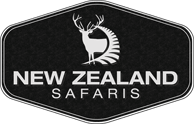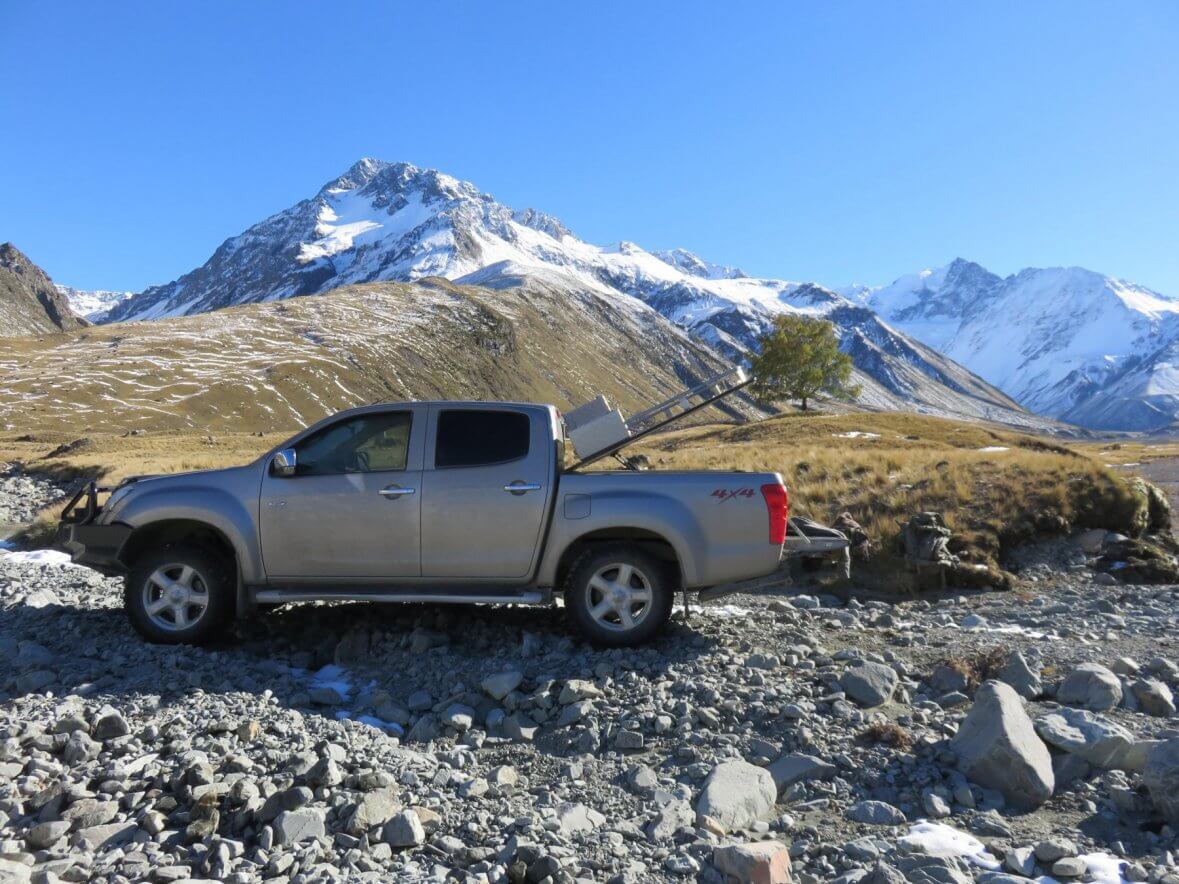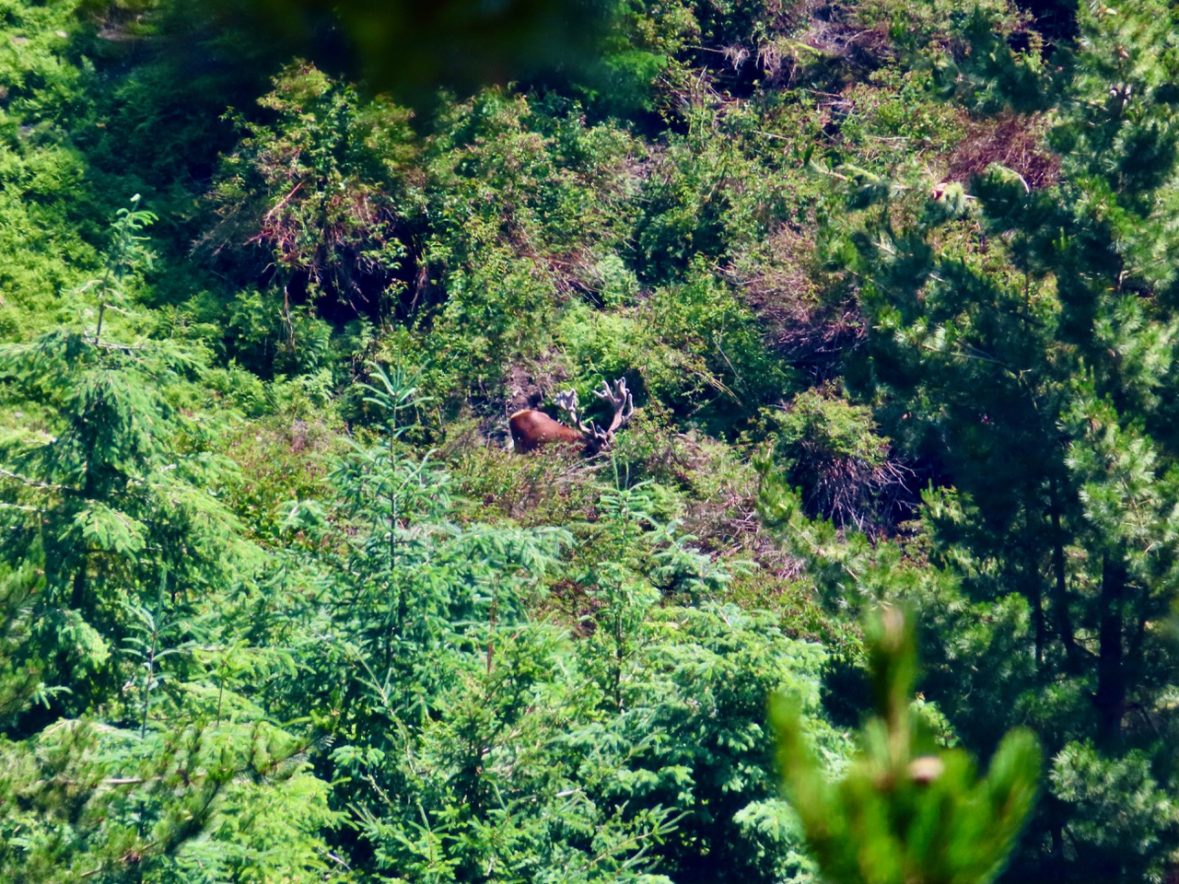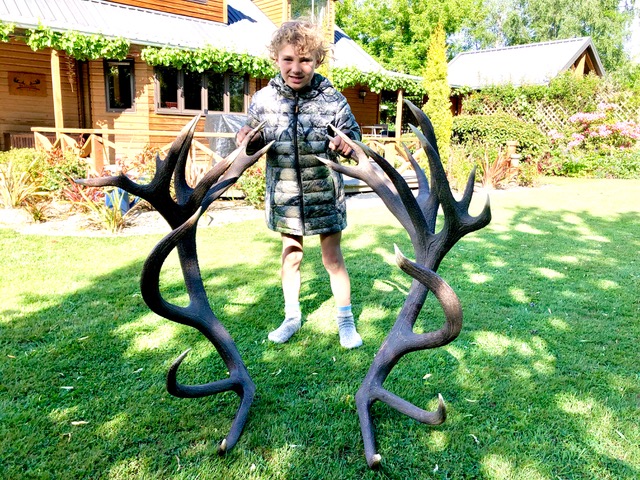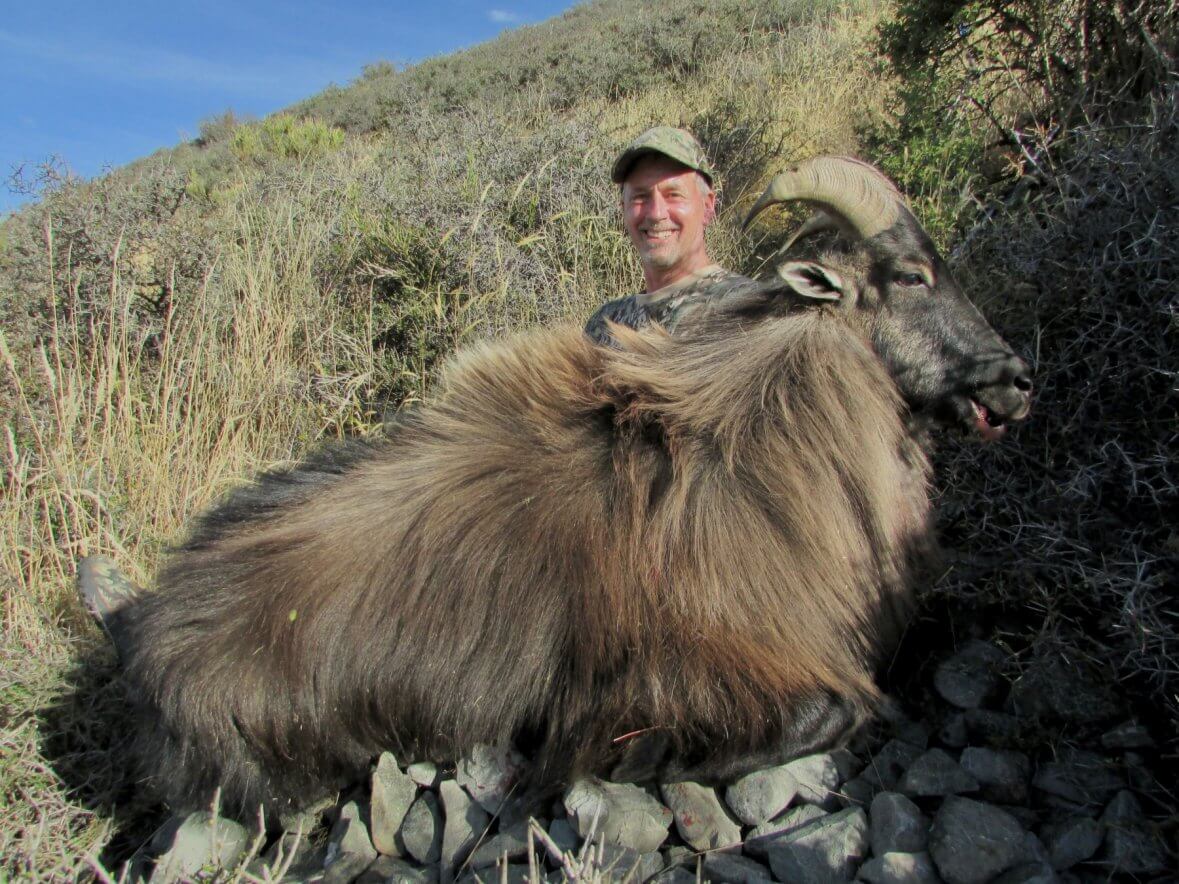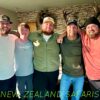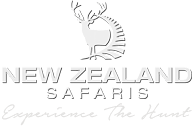We had in the middle of last year clarity on taxation on different parts of how an Outfitters business is run. In particular the experience of the hunt and trophy components. Under the professional guides association we have been following this with a few members attending discussions so that we are now up to speed on how this will affect our businesses. When a hunter is look at doing a New Zealand hunt it is important now that they make sure the Outfitters details all costs involved in their hunt, including local taxes. All international hunters weather they take an animal out of the country or will be subject to the new taxation laws. Many Outfitters will be adding this onto the end of the hunt so you must make sure this is discussed up front as I have heard many of the part time and lower priced guides are still not aware of these changes. New Zealand Safaris has now as we have done in the past incorporated any adjustments into our new prices so that our clients will have a complete and inclusive prices with no additional charges except for flights and expediting of trophies to keep our hunts simplified.
A White Stag (or white hind for the female) which also occurs in Fallow deer is a white-coloured red deer, explained by a condition known as leucism that causes its hair and skin to lose its natural colour. Leucism is a rare genetic trait that causes a reduction in the pigment of an animal’s hair and skin. The natural colour of the red deer ranges from dark brown to red. They are often thought to be albinos. But unlike albinos, who have red eyes, deer with leucism have normal colouring in their eyes. It is distinguished biologically from albinoism in that it causes a reduced pigmentation in all skin types, and not just melanin.The white has played a prominent role in many cultures’ mythology. Hunters of old pursued the miraculous stag, not because they expected to kill it, but because it led them in the joy of the chase to new and fresh adventures, and so to capture happiness. You may look on the White Stag as the true spirit of Scouting, springing forward and upward, ever leading you onward to leap over difficulties, to face new adventures in your active pursuit of the higher aims of scouting. Jim Gibson owner of New Zealand Safaris has been managing one of his properties to now have one of the most talked about white deer populations in the world. The Stags on this property like many tend to have dark antlers with white tips making an amazing contrasts in colour We offer limited hunts on White Stags in New Zealand each year so as to assure we these stags pass on their genes. The first White Stag harvested was aged 12 years old which is testament to only taking mature old deer.
As we move into January Red Stag antlers are still in velvet, with most Red Stags around 80% grown out they generally go into hard antlers late January. With it being very warm in January/February Red Stag antlers tend to start getting itchy so they will start rubbing as soon as the velvet is hard and stops becoming sensitive. Red Stag antlers at this time of year in Velvet can weigh around 10-15 kg (22-33 lb) per side.
Shed hunting red stag antlers in New Zealand is one of those new adventures that has not taken off as in North America mainly due to most of the larger deer populations are on private land. Shed hunting on our private properties is a lot of fun especially this year, with a limited hunting season there were a lot of surprises. From huge shed antlers of Red Stag to finding dead old Stags that must have past due to age of fighting during the rut. New Zealand has a reputation of the finest quality of red Stag in the world from typical to non typical deer. The Sheds can weigh as much as 15 lbs per side and there is now high demand from buyers of red stag shed antlers to use them for everything from sliced up dog chews to knife handles, chandeliers, lamp holders and table legs. Red Stag antlers are typically not as long as Elk, with our Stags averaging around 35 inches in length.
Tahr in New Zealand are being targeted and culled on government land due to the minister Eugene Sage from the political Greens Party to wipe out these amazing animals. DOC (Department of Conservation) under Eugene’s order have begun killing tahr in Aoraki/Mt Cook and Westland Tai Poutini National Parks by way of helicopter gun ships before undertaking consultation with the hunting sector. This will change tahr hunting in New Zealand.
“The 1993 Plan was put in place as a best-guess at a time when little information was really known about tahr in our alpine environment to manage wild animals of crown land. The intention stated within the Plan was for it to be reviewed and updated as more science and information was developed which has never happened.” “DOC have never undertaken the proper research on vegetation impacts, herd densities and the contributions of recreational and commercial hunting that are necessary to inform future management. Instead they focus on short-term culling programmes like what is happening right now that pit the various stakeholders against each other.”
Hunting Tahr for the foreseeable future on government land will now be extremely challenging, and trophy Bulls near impossible to locate as the helicopters are currently shooting all Tahr they come across including Bulls. Jim Gibson from New Zealand Safaris has been for the last 14 years been guiding international clients on privately owned wilderness land exclusive to New Zealand Safaris. These areas have more so now than ever before become a very important refuge for not only managing the Tahr on these properties, but the Bulls have the opportunity to grow mature (6yrs old+) and have the ability for good feed without being constantly hunted by local hunters and helicopters. Giving them a high economic value to the land owners has meant that they can cohabitate in certain parts with their Merino Sheep and cattle in the mountains becoming an important part of their income, thus also encouraging management of these animals which includes reducing some of the female numbers for meat when required. Tahr hunting in New Zealand is set to change forever, hunters and more part time Outfitters will find it very difficult to even see a mature Tahr in the foreseeable future on government land, with mature Bull Tahr on private land likely to increase in value due over culling these privately owned Wilderness areas are set to play a major conservation role to the species that are already considered under threat in the Himalayas.
